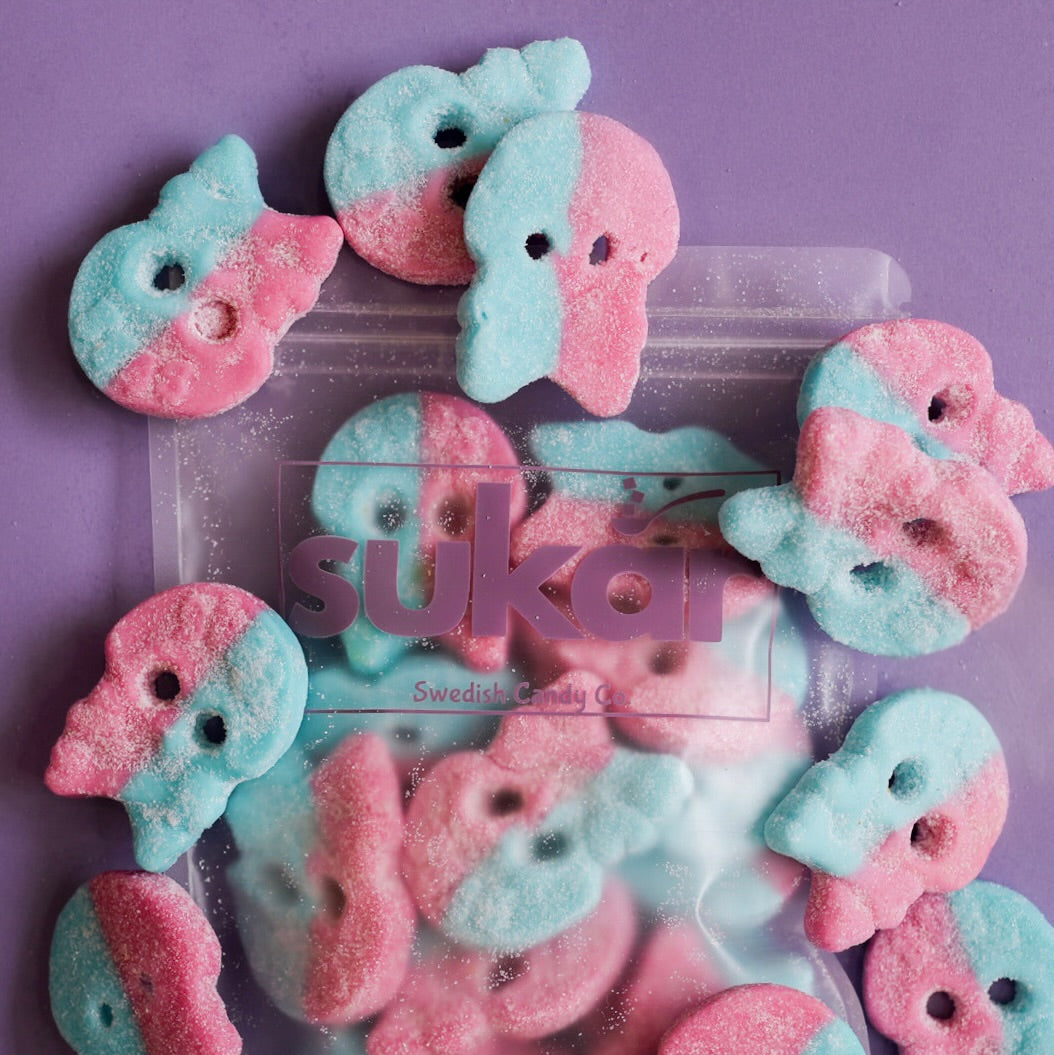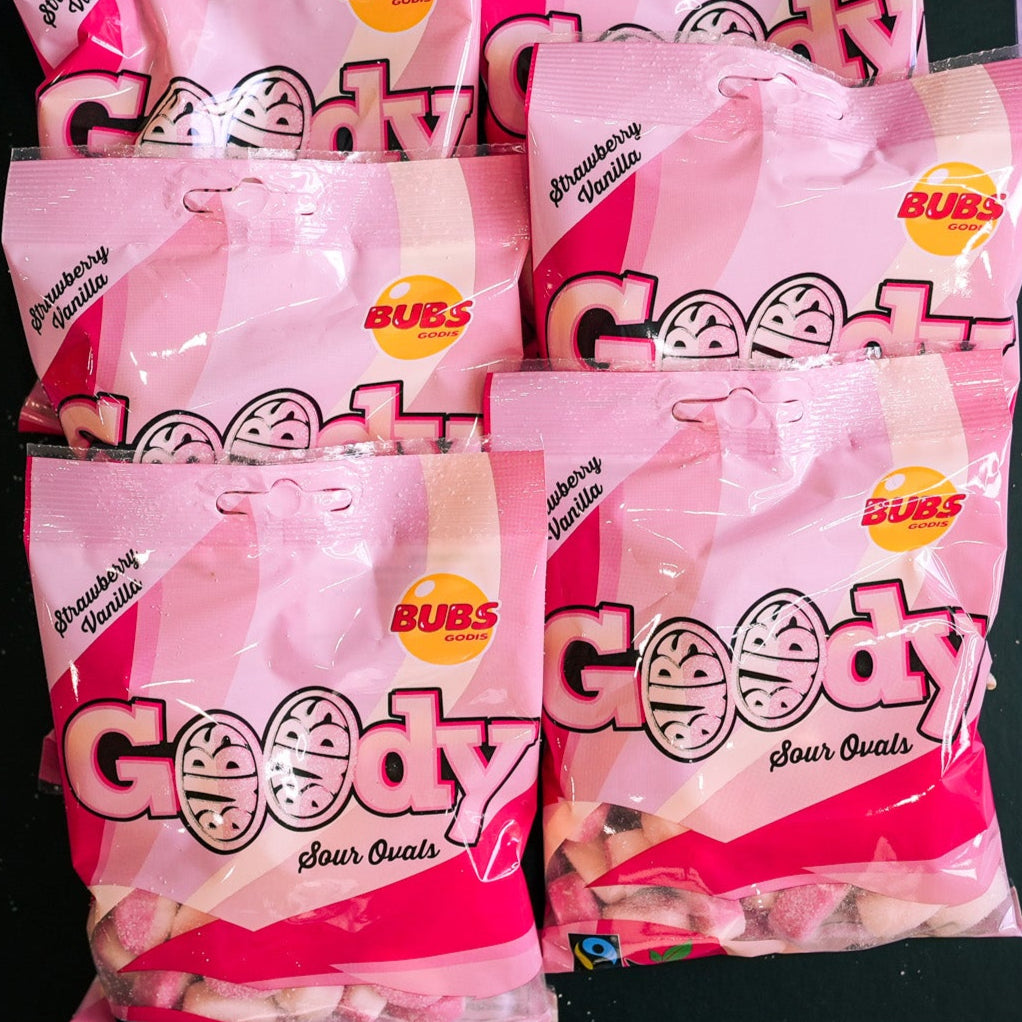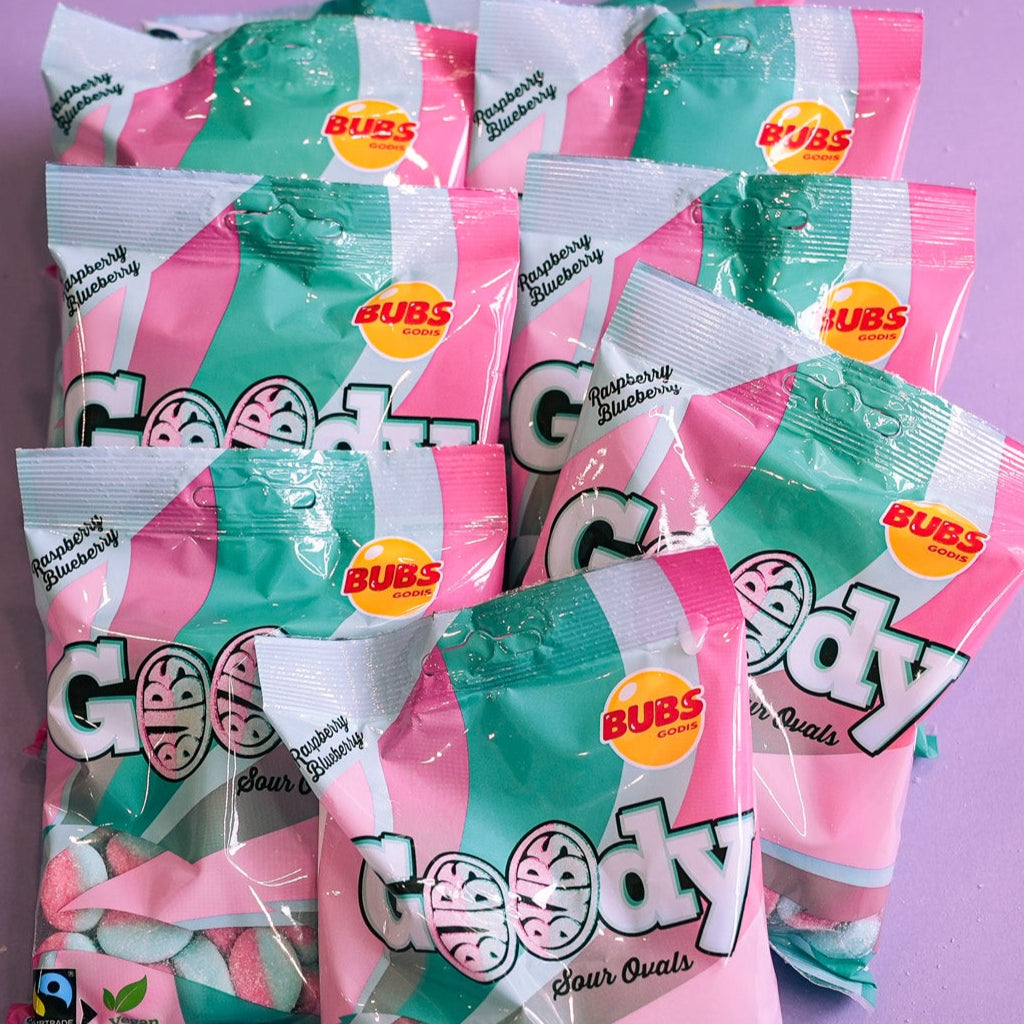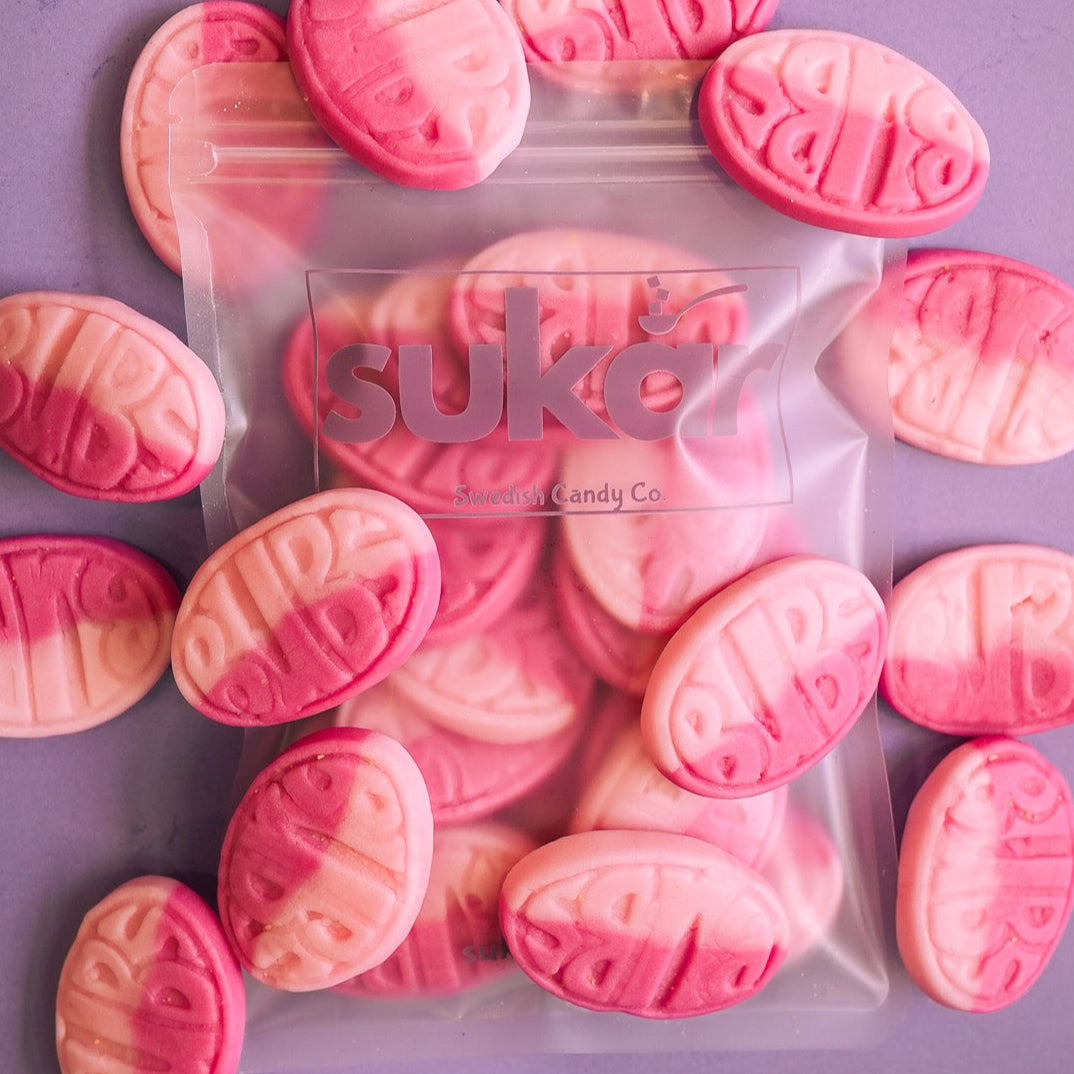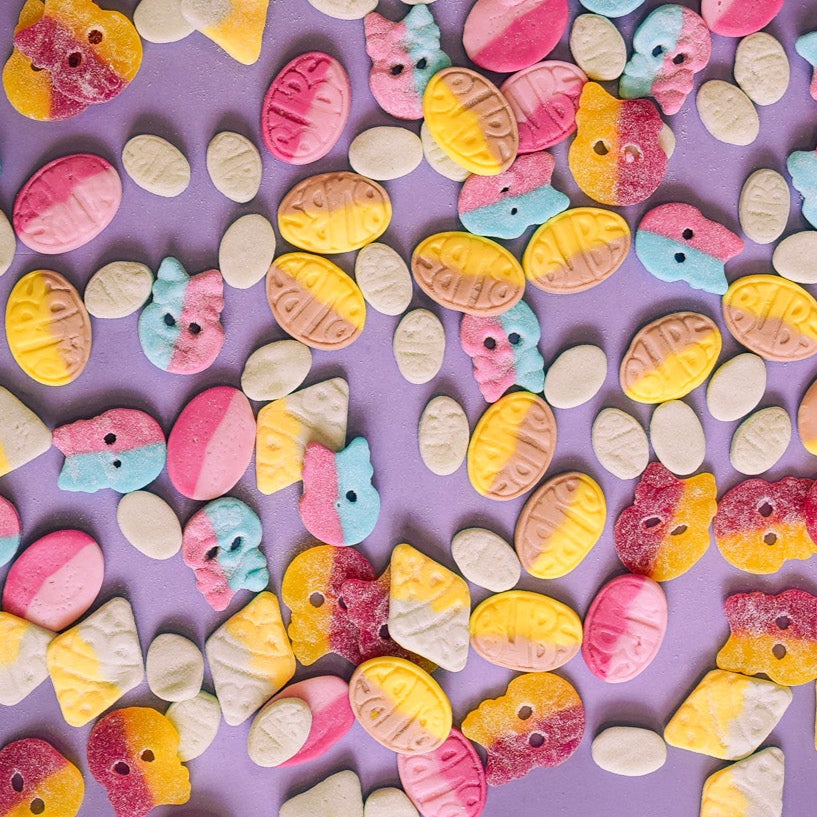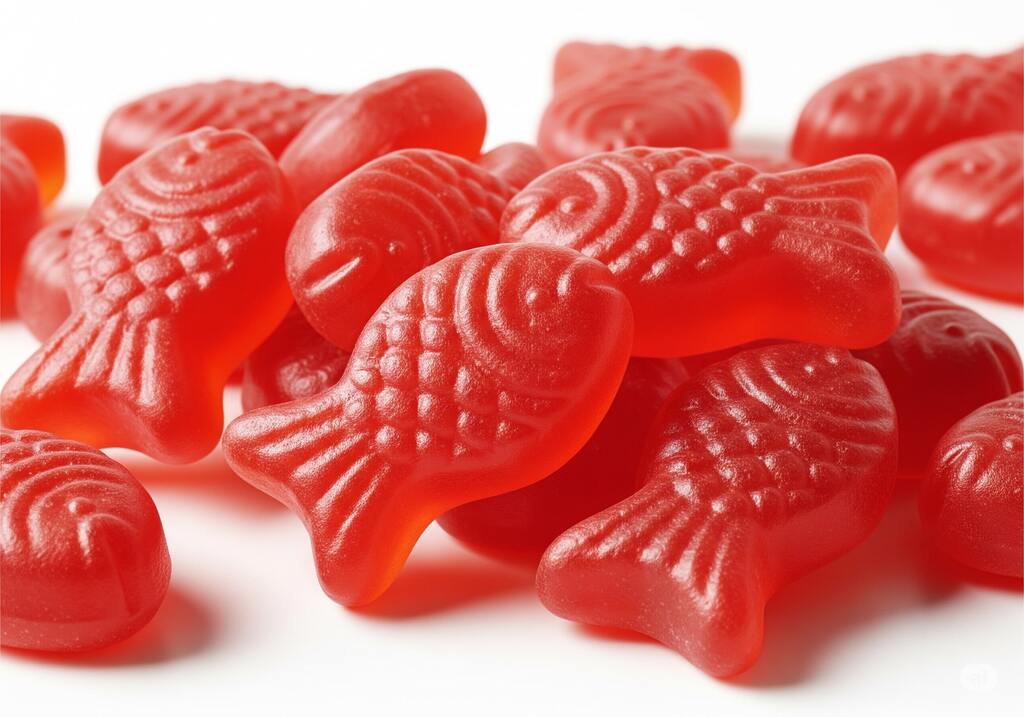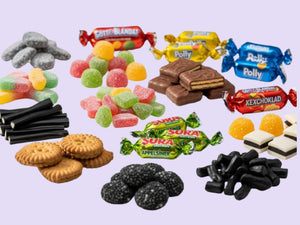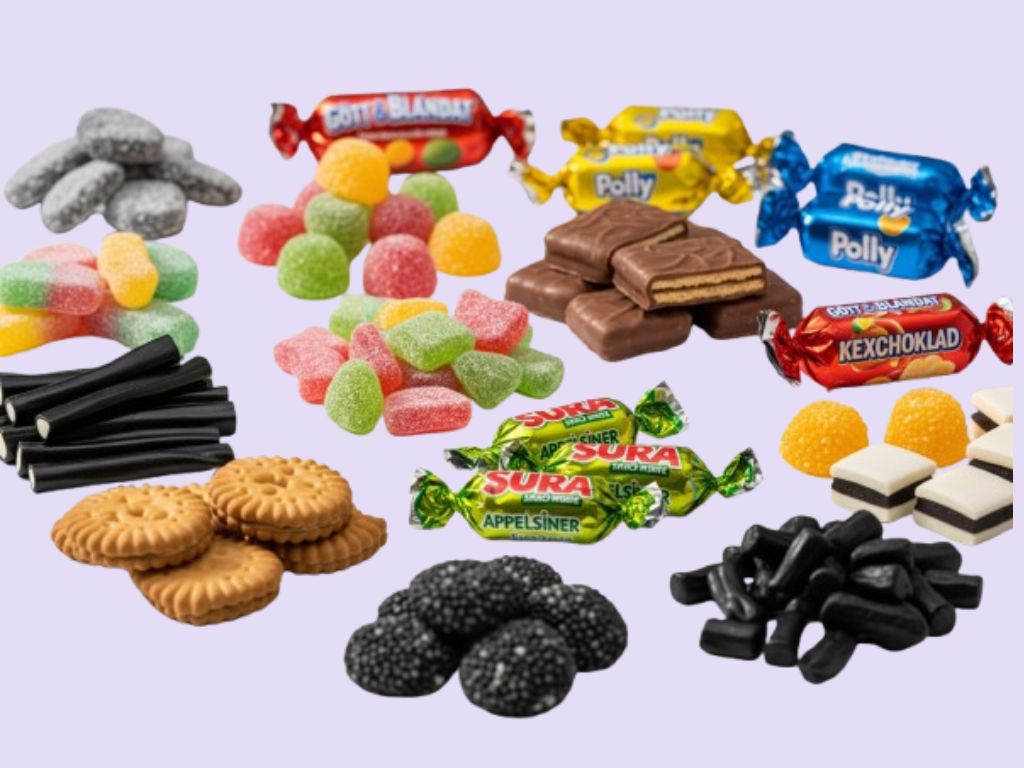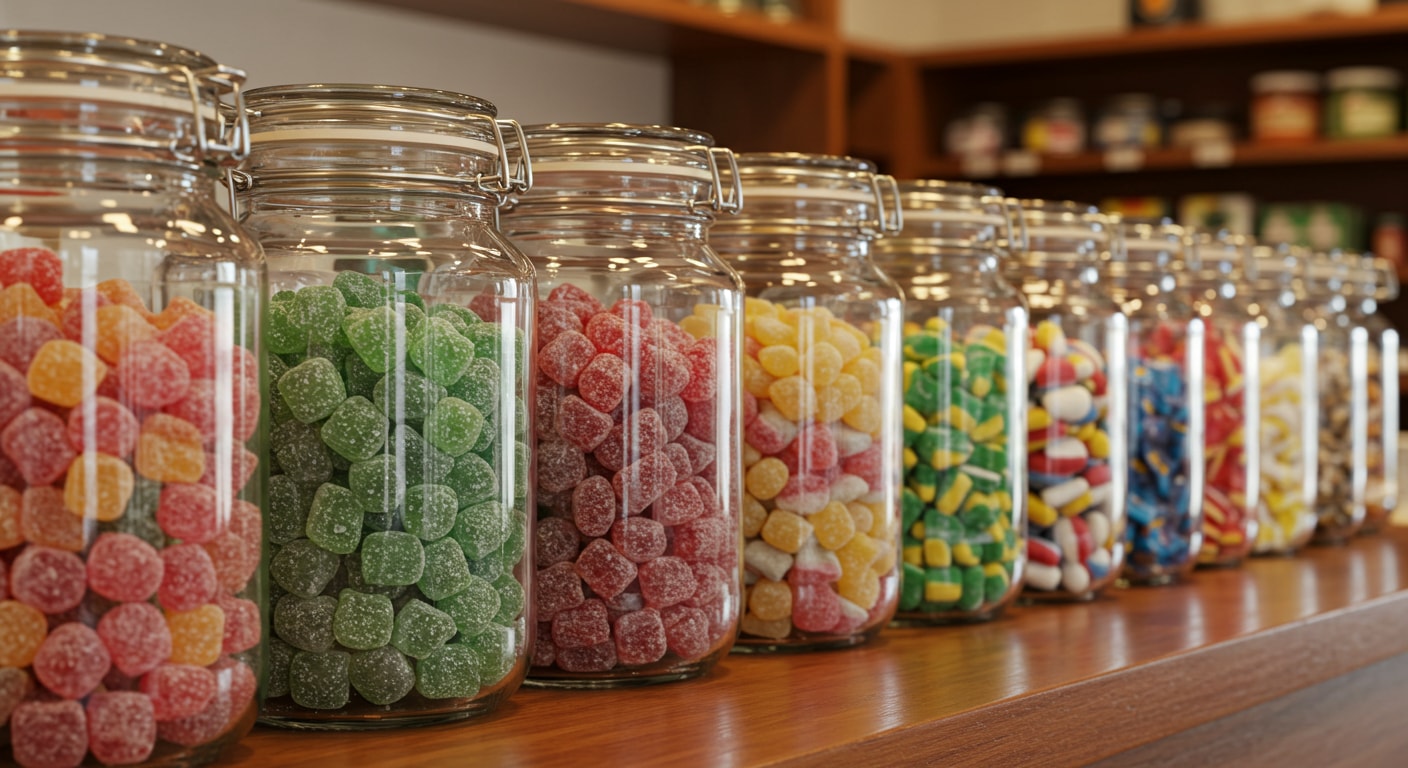Swedish Fish is a chewy, fish-shaped candy that has become an iconic treat in many parts of the world—especially in North America. Known for its bright red color and unique fruity flavor, it has been a favorite for decades. But despite the name, many people are surprised to learn that this candy has a Swedish origin yet differs significantly from the traditional Swedish candy culture.
In this article, we’ll explore its true origin, the different flavor profiles, how it compares to both the American version and real Swedish candy, and whether or not it can truly be considered "Swedish" candy today.

Origins
Swedish Fish was originally developed in the late 1950s by the Swedish confectionery company Malaco, now part of Cloetta. The idea was to create a gummy candy that could be marketed in North America with a clear Swedish identity—hence the fish shape, a nod to Sweden’s fishing culture and maritime heritage.
Malaco exported these red candies to the U.S., and they quickly gained popularity for their chewy texture and unique, berry-like taste. While it was initially made in Sweden, production later shifted to various locations including Canada and the U.S. due to demand.
The original flavor is often referred to as “Swedish berry”—a flavor that doesn’t exactly exist in nature but resembles a mix of lingonberry, cherry, and raspberry.
Comparison with American Version
Over time, the American version of Swedish Fish, now produced by Mondelēz International, evolved in both taste and ingredients.
Here are some key differences:
-
Flavor Profile
- Swedish: Milder, fruit-forward (often lingonberry, blackcurrant)
- American: Sweeter, with cherry or generic red flavor
-
Texture
- Swedish: Slightly firmer and chewier
- American: Softer and gummier
-
Ingredients
- Swedish: Typically contains real sugar and natural flavors
- American: Often includes corn syrup and artificial flavorings
-
Color Variety
- Swedish: Available in multiple colors (yellow, green, black, red)
- American: Mostly known for the iconic red version
-
Packaging
- Swedish: Simple or minimalist design, often resealable bags
- American: Brighter packaging with bold branding
-
Availability
- Swedish: Found widely in European markets and specialty import shops
- American: Widely available in grocery stores, gas stations, and candy aisles across the U.S.
Is It Traditional?
Although it was developed by a Swedish company, it is not representative of traditional Swedish candy. Sweden’s candy culture includes a wide variety of sweets under the concept of "Lördagsgodis" (Saturday candy), which features a mix of sour gummies, salted licorice, foamy candies, and chocolate.
In contrast:
- It is a single-product brand, with limited flavor range and a Westernized profile.
- Swedish candy mixes (like those found at Sukar) offer a broader and more authentic taste of Sweden’s confectionery heritage, including salmiak, fruit foams, sour belts, and caramel chews.
- It is inspired by Swedish culture, but adapted to fit American tastes, making it more of a Swedish-themed candy than a true representation of Sweden’s diverse candy traditions.
So if you're looking to buy authentic Swedish candy from Sweden, don't forget to check out Sukar's product collections. We also offer free shipping for all orders over $50.

